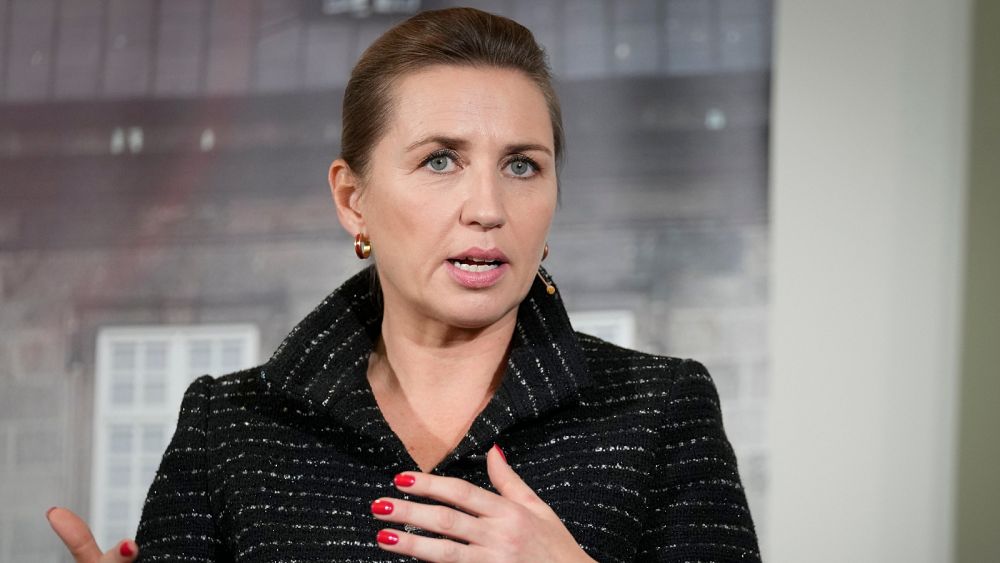Voters in Denmark went to the polls a month ago, on 1 November.
As the results came in it was clear incumbent Prime Minister Mette Frederiksen had pulled off something of a surprise result: not only were her Social Democrats the biggest single party but, thanks to MPs in Greenland, a left-leaning bloc of parties controlled a majority of seats in the Danish parliament.
From the outside, it seemed forming a new government would be straightforward.
But that’s not proven to be the case.
With a very slim majority of just one, the left-bloc parties realised they would have to agree on every single position, all of the time, with no room for any rogue MPs going off-script and voting against the government line.
So fairly early in the process, two parties dropped out: Red-Greens and The Alternative.
“The whole project around having a left-of-centre government with Social Democrats leading, that is out now and the main reason for that is the fragility of such a set-up,” explained Ditte Brasso Sørensen, a senior fellow at Think Tank Europa in Copenhagen.
As political luck would have it, Mette Frederiksen campaigned on a promise that she would reach out across the aisle and try to form a government with parties from the right side of the spectrum.
“On election night when it dawned on everyone quite late that left-wing parties would have a majority, a lot of commentators wondered if Frederiksen would go back on her promise of forming a left-leaning government. But now she has the upper hand and she can hold firm in the negotiations, saying ‘this is what I promised during the campaign’,” said Brasso Sørensen.
So who is likely to be in the next government?
Denmark hasn’t had a red-blue government that spans the political aisle since the 1970s, and that means negotiations on how to form it are proceeding if not cautiously, but certainly at a slower pace.
“It’s new in a historical sense, but also because there are new parties. And obviously, it takes time because the parties at the negotiating table are still far away from each other,” said Think Tank Europe’s Ditte Brasso Sørensen.
Venstre is the biggest legacy party involved in talks to form the next Danish government and although they went into an election vowing not to serve in a government formed across the political aisle — and certainly not with Mette Frederiksen as prime minister — their very weak showing in the voting, dropping 20 seats, means they’ve had to get over those objections pretty quickly.
“It would have been impossible for Venstre to enter into concrete negotiations about a government before they had an internal discussion, so everyone was waiting for them to seek a mandate from their own party to do that, and they got it at a party conference last week,” said Brasso Sørensen.
One possible permutation for a new government could include the Social Democrats, with Venstre, the Socialist People’s Party, and the Social Liberal Party.
Add to this mix the Danish Moderates, a new party led by an old name in Danish politics which picked up 14 seats in November’s vote.
Their leader is former Prime Minister Lars Løkke Rasmussen, who previously headed Venstre.
And he’s a big political personality to contend with.
“Løkke Rasmussen has a mandate and power in these negotiations. But I think everyone will be quite cautious of what it would mean to be in a government with him, but where he’s not the prime minister,” explained Brasso Sørensen.
“It could be tricky in terms of government cohesion.”
(Except for the headline, this story has not been edited by PostX News and is published from a syndicated feed.)

